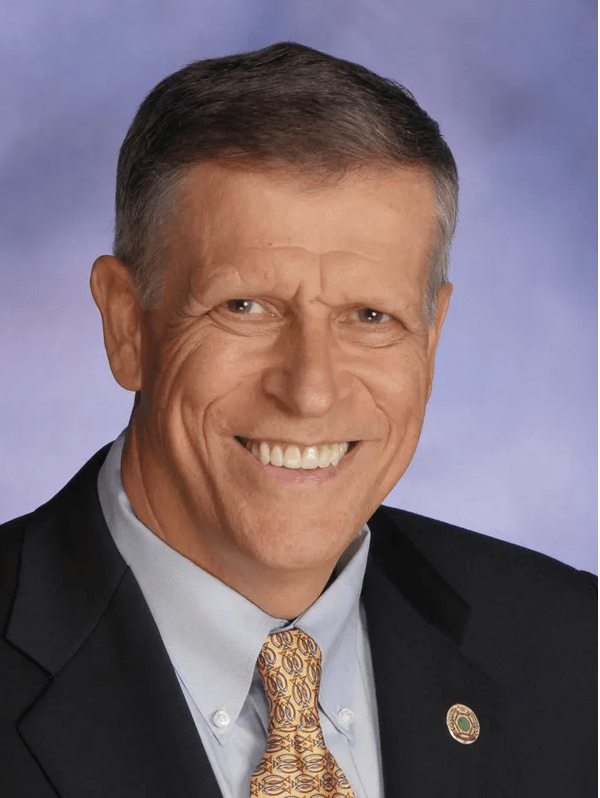
By Lee Webber
When you leave office, what will be your legacy?
If they really wanted to, our new batch of elected officials (along with the old ones who were re-elected) have the opportunity to institute real environmental and cultural change that can, if properly designed and adequately funded, last for generations.
However, these days it seems like the in thing to do is complain about the impending U.S. military efforts on Guam and the potential damage it may have on our environment and to our cultural resources.
Rather than offer real world functional solutions, many choose to establish and support roadblocks and diversions.
I always wonder where these same concerned citizens were prior to the expansion when the degradation of island areas continued unabated.
Where were these people who now decry economic growth along with officials who wring their hands and complain about challenges belonging to someone other than themselves – those given the public trust to find workable, long-term, solutions?
For instances, fishing on Guam is okay but I must admit that 30-40 years ago it was much better.
I can recall when we would leave the Guam boat basin and by the time we made it to Tanguisson, our coolers were filled and we could come home.
Yes, there are longline and per seiner fishermen from foreign nations who target the migratory fish but what about reef fish like the bump head wrasse, parrot fish, tataga and so many others? Fish that we can protect!
There was a time when we would go out for our daily catch and bring home only what we needed for our family and friends. Chamorro and other Pacific island fishermen have a long history of living in harmony with nature.
People free dove, speared fish or threw their nets to feed their families and shared their bounty with family and friends. There was a self-regulating system that dictated that you caught what you and your family needed and could eat and left the balance for another day.
However, that’s changed; it is not uncommon to see numerous boats leaving Hagatna and Agat marinas each evening with spear guns, lights and dive gear.
People have too easily transferred from the culturally-respected free diving and spear fishing to the easier process of shooting fish in a barrel, so to speak, by spear fishing on scuba. Thereby allowing them to dive deeper, stay longer and taking the older larger egg laying members of the various species.
It continues to happen today.
A many-of-years-ago Guam politicians – with a push from [the Pacific Daily News] – saw the wisdom of setting aside 20 percent of our peripheral reef as conservation areas.
Depending upon the area that meant that boating and fishing in those areas were severely limited if not prohibited.
If you visit those areas today you will find that fish, shell and coral populations are returning, doing much better than in non-protected areas.
Unfortunately, the same political officials have not seen fit to properly fund the Park Rangers to adequately patrol those areas on a daily basis to keep fish, shell and coral poachers from invading these valued assets.
It was politically expedient to show desire to establish protected areas but there are always politically expedient reasons not to properly fund their protection.
I urge these elected officials to take prudent action that will allow our children and our children’s children the wonderful opportunity to dive and enjoy the wonders and beauty of our warm, clear, blue Pacific waters.
On the cultural side, our educational leaders have made solid strides in the establishment of Chamorro language and history being taught in our public schools and at the University of Guam.
During my tenure at the Pacific Daily News we worked closely with the Chamorro Language leaders to establish Juan Malimanga (the only Chamorro comic strip I am aware of), Fino Chamorro (a daily let’s chat in Chamorro column) and we once even had Jesus Charfauros working hand-in-hand with us reading the daily Fino Chamorro on the radio so people who spoke the language could see how it was written as well.
Many others (not really sure where they were before, but some of whom are elected officials) seem bent on confusing the issues rather than finding solutions.
Take the Pagat, Marbo, the Old Spanish Bridge, petroglyphs in the Ritidian caves and numerous other areas, for instances. I have hiked to these and many other areas in my more than 50+ years on Guam.
In all those years, I have found that the areas under the protection of the National Parks Service and/or on federal property were much better protected and maintained.
Areas not federally protected were over-grown, dilapidated and became the weekend cleanup projects for many non-profit groups around the island. I have memories and scars from clearing brush and debris from ancient sites only to return weeks later to find more debris left behind by unthinking residents.
If we REALLY want to protect cultural areas it will take more than hot air and useless rhetoric to make it happen.
It will require a sincere, joint concerted effort on the part of local officials working in concert with cultural preservation experts.
Like our reefs, we owe it to our children and theirs to do this correctly while at the same time, growing Guam and improving the overall quality of life for all our residents.
Let’s make Guam great again.
Esta
Lee P. Webber is a businessman and civic advocate, the former publisher of the Pacific Daily News, a former president and publisher of the Honolulu Advertiser, and a former director of operations for USA Today International/Asia





